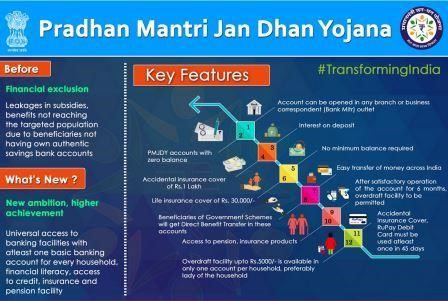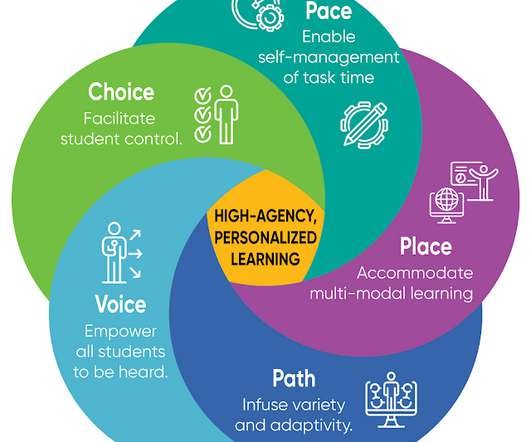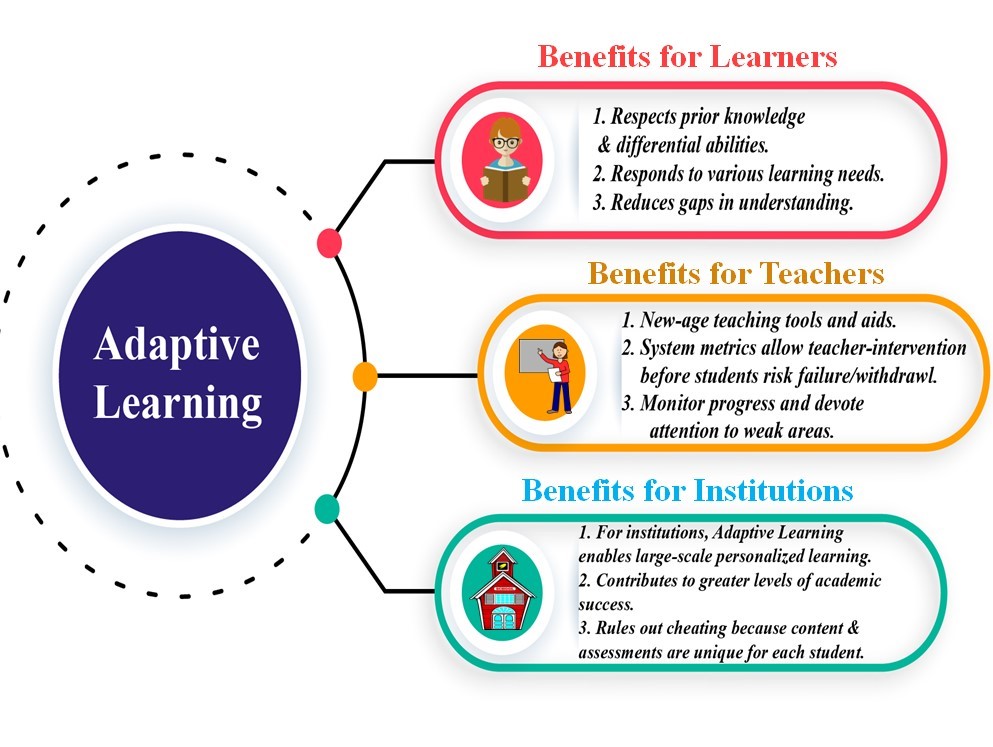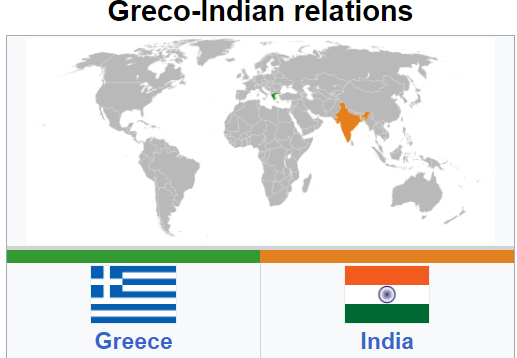Topics:
- Nine years of PMJDY
- Minor Irrigation Census (MIC) report
- Personalised Adaptive Learning (PAL) with AI
- G20 Park
- Aatmanirbhar Bharat Rozgar Yojana (ABRY)
- India and Greece Relations
NINE YEARS OF Pradhan Mantri Jan Dhan Yojana (PMJDY)
Context
- The Pradhan Mantri Jan Dhan Yojana (PMJDY) has celebrated its ninth anniversary since inception.
- Launched on August 28, 2014, it stands as a globally renowned financial inclusion initiative led by the Ministry of Finance.
- This initiative strives to offer affordable financial services to economically disadvantaged and vulnerable sections of society.
What is Pradhan Mantri Jan Dhan Yojana?
Overview:
PMJDY aims to establish a platform for universal access to banking services, ensuring at least one basic banking account for each household. It also focuses on promoting financial literacy and providing access to credit, insurance, and pension facilities.
Key Features of PMJDY:
- Expanding Banking Services: PMJDY seeks to expand banking services by establishing branches and Banking Correspondents (BCs).
- Inclusivity: It covers both urban and rural areas, with account holders receiving an indigenous Debit Card (RuPay card).
- No Minimum Balance: PMJDY accounts do not require a minimum balance.
- Accident Insurance: RuPay cards issued to PMJDY account holders come with an Accident Insurance Cover of Rs. 1 lakh (increased to Rs. 2 lakh for new PMJDY accounts opened after August 28, 2018).
- Overdraft Facility: Eligible adults can access an overdraft facility of Rs. 10,000.
6. Eligibility for Government Schemes: PMJDY accounts are eligible for various government schemes, including Direct Benefit Transfer (DBT), Pradhan Mantri Jeevan Jyoti Bima Yojana (PMJJBY), Pradhan Mantri Suraksha Bima Yojana (PMSBY), and Atal Pension Yojana (APY).
Note: An overdraft allows individuals to withdraw money from their bank account, even if they have an insufficient balance, primarily intended for covering immediate, short-term expenses.
Significance:
- Promoting Equitable Growth: PMJDY promotes financial inclusion, contributing to inclusive growth by offering affordable financial services to low-income and disadvantaged segments of the population.
- JAM Architecture: The Jan Dhan–Aadhaar–Mobile (JAM) architecture facilitates seamless government benefit transfers to the accounts of common citizens.
- Formalizing Savings: PMJDY has integrated the savings of underprivileged individuals into the formal financial system, liberating them from exploitative moneylenders.
- Empowering Women: Approximately 55.5% of Jan Dhan accounts are held by women, fostering their financial empowerment. Overdrafts are available in only one account per household, preferably under the lady’s name.
Achievements:
- Inclusion in the Formal Banking System: PMJDY has brought more than 50 crore people into the formal banking system through Jan Dhan accounts.
- Rural and Semi-Urban Focus: Approximately 67% of these accounts have been opened in rural and semi-urban areas.
- RuPay Cards: Over 34 crore RuPay cards have been issued to PMJDY account holders, providing them with ₹2 lakh accident insurance coverage.
4. Guinness World Records: The success of PMJDY has been recognized by Guinness World Records, certifying that the “Most bank accounts opened in one week as part of the Financial Inclusion Campaign is 18,096,130 and was achieved by the Department of Financial Services, Government of India.”
Minor Irrigation Census (MIC) report
Context
- According to the report, electricity has emerged as the primary energy source for private irrigation water extraction in India, surpassing diesel, wind, and solar pumps in most states.
- The report’s findings pertain to irrigation trends in the year 2017-18. Notably, the use of electricity has seen a significant increase, rising from powering only 56% of water sources in 2011 to 70% in 2017.
Findings:
- Among all Micro Irrigation (MI) schemes, approximately 21.93 million (94.8%) were focused on groundwater (GW), while 1.21 million (5.2%) were designed for surface-water (SW) usage.
- Regarding groundwater sources, ‘dug-wells’ or ponds have historically been the primary source, although their numbers decreased from 87 lakh to 82 lakh between the 5th and 6th editions of the report.
Similarly, ‘shallow’ tube wells decreased from 59 lakh to 55 lakh. In contrast, ‘medium-sized’ wells increased from 31 lakh to 43 lakh, and ‘deep’ wells surged from 26 lakh to 37 lakh.
- Analyzing the data by states, Uttar Pradesh led with the highest number of MI schemes (17.2%), followed by Maharashtra (15.4%), Madhya Pradesh (9.9%), and Tamil Nadu (9.1%).
- Prominent states in these schemes included Uttar Pradesh, Maharashtra, Madhya Pradesh, Tamil Nadu, and Telangana. Meanwhile, Maharashtra, Karnataka, Telangana, Odisha, and Jharkhand played a significant role in SW schemes.
- The report did not delve into the specific reasons for the increasing prevalence of powerful and deep-reaching tubewells.
- One possible explanation could be state government initiatives that incentivize farmers or provide access to loans for purchasing such tubewells.
- Additionally, the slower growth in electrification may be attributed to a growing emphasis on energy-efficient water extraction methods.
- This trend of electrification for groundwater withdrawal corresponds to the proliferation of tubewells and borewells capable of extracting water from greater depths, raising concerns about over-extraction.
Notably, there were a total of 14 million schemes across the country, with Uttar Pradesh holding the largest share, followed by Maharashtra and Madhya Pradesh.
PERSONALISED ADAPTIVE LEARNING (PAL) WITH AI
CONTEXT:
The National eGovernance Division (NeGD) has proposed integrating Personalised Adaptive Learning (PAL) into its existing Digital Infrastructure for Knowledge Sharing (DIKSHA) platform.
PAL is designed to provide tailored learning experiences based on the unique needs and abilities of students.
DIKSHA 2.0 Portal:
- Launched in 2017, the Diksha Portal serves as a digital platform for educators, offering opportunities for learning, training, and community engagement.
- It functions as the National Digital Infrastructure for Teachers, enabling them to access assessment resources and digital versions of National Council of Educational Research and Training (NCERT) textbooks, teaching videos, and practice questions.
- Additionally, it includes assistive technologies for learners with disabilities, although it primarily serves as a static content repository.
Integration of PAL:
- The implementation of PAL within DIKSHA has garnered interest from the National Council of Educational Research and Training (NCERT), which is seeking expertise from the Ministry of Electronics and Information Technology (MeitY).
- PAL’s key feature is its ability to create personalized learning paths for each student based on their individual progress, including the capacity to revisit foundational concepts to enhance learning efficiency.
Challenges and State Implementations: The development of PAL involves content categorization and tagging, potentially necessitating the creation of new educational materials.
The initial focus for PAL development is on Chemistry, Mathematics, and Physics for Classes 9 to 12. Several states, including Andhra Pradesh, Assam, and Haryana, have initiated experiments with PAL but have encountered budget constraints in the process.
G20 PARK
G20 Park Unveiled:
– The G20 Park in Chanakyapuri was officially inaugurated by the NDMC.
– This park showcases 19 sculptures, each representing the national birds and animals of G20 member countries.
Waste-to-Art Concept:
– These remarkable sculptures have been crafted using recycled metal scrap materials.
– The source of these materials was the storage facilities belonging to the NDMC.
Preparation for G20 Summit:
– This initiative is part of the comprehensive preparations underway for the forthcoming G20 Summit scheduled for September 9-10.
Sculpture Creation Process:
– The creative process behind these sculptures was set in motion by artists affiliated with the Lalit Kala Akademi, based in Garhi village.
Theme: “One Earth, One Family, One Future“
– The overarching theme of these sculptures revolves around the idea of global unity and cooperation.
Diverse Sculptures:
- The sculptures on display represent a wide array of national birds and animals, symbolizing the unity and collaboration among G20 member nations.
- Among the featured creatures are the peacock, bison, jaguar, crane, camel, magpie, emu, gray jay, brown bear, and golden eagle.
It is worth noting that the G20 comprises the European Union and 19 individual countries, emphasizing the importance of international solidarity.
Aatmanirbhar Bharat Rozgar Yojana (ABRY)
Context
The Aatmanirbhar Bharat Rozgar Yojana (ABRY), implemented by the Central Government, has demonstrated its effectiveness in promoting job creation during the COVID-19 crisis by surpassing its initial employment goals.
Achievements and Statistics
Initially set to register approximately 7.18 million employees nationwide, the ABRY scheme remained open for registrations until March 31, 2022.
Remarkably, as of July 31, 2023, ABRY had not only achieved but surpassed its target, enrolling more than 7.58 million new employees.
Furthermore, this initiative has provided assistance to 1,52,380 establishments, resulting in the employment of 60,44,155 new workers. The scheme disbursed a total of Rs. 9,669.87 Crore in benefits, highlighting its significant impact.
Subheading | Description |
Introduction | ABRY is a scheme launched by the Government of India in November 2020 to incentivize employers for creating new employment opportunities and restoring the loss of employment during the COVID-19 pandemic. |
Objective | The objective of ABRY is to boost the economy, increase the employment generation in the formal sector, and provide social security benefits to the workers. |
Eligibility | The scheme is applicable to all establishments registered with EPFO and their new employees (earning wage less than Rs. 15,000 per month) who are hired on or after 1 October 2020 and up to 31 March 2022. The scheme also covers those who lost their jobs between 1 March 2020 and 30 September 2020 and are re-employed by the same or different establishments. |
Benefits | Under ABRY, the Government of India will credit for a period of two years both the employees’ share (12% of wages) and employers’ share (12% of wages) of contribution payable or only the employees’ share, depending on the employment strength of the EPFO registered establishments.
The scheme is expected to benefit about 71.8 lakh employees during the scheme period. |
Implementation | The scheme is being implemented through the Employees Provident Fund Organization (EPFO), which will reimburse the amount of contribution to the eligible establishments every month.
The establishments can register their new employees under ABRY through the EPFO portal or mobile app. |
INDIA AND GREECE RELATIONS
Context:
- Prime Minister Narendra Modi’s recent visit to Greece aimed to elevate bilateral relations to the status of a strategic partnership, marking a significant development.
- Notably, this visit marked the first by an Indian Prime Minister to Greece in four decades.
- As a gesture of appreciation, Greece bestowed upon the Indian Prime Minister its second-highest civilian honor, “The Grand Cross of the Order of Honour.”
India and Greece Ties: A Historic Backgrounder:
- The historical connection between India and Greece spans over two millennia, characterized by extensive trade, cultural exchanges, and interactions in fields such as literature and art.
- Evidence of trade links and cultural exchanges between Mauryan Kings and Greece can be found in ancient coinage and writings.
- The invasion led by Alexander the Great in 326 BC brought about interactions between Greek and Indian rulers, including battles with figures like Raja Porus and Ambhi.
- Notably, Chanakya’s writings make mention of Megasthenes, who served as an ambassador in the court of Chandragupta Maurya.
- This fusion of Greek and Indian influences is notably visible in the artistic style known as Gandhara Art.
Establishment of Modern Diplomatic Ties:
- Modern diplomatic relations between India and Greece were established in 1950, leading to the establishment of embassies in Athens and Delhi, reflecting mutual cooperation.
- Greece has consistently respected India’s decisions on internal matters and supported India in international forums, including the Non-Alignment Movement (NAM).
- Collaborations on nuclear issues and participation in various international platforms have further showcased the strength of their ties, with Greece consistently supporting India on geopolitical and global matters.
Key Areas of Collaboration:
- Defence and Security: Both nations have committed to enhancing collaboration in areas such as maritime security, counter-terrorism, cyber security, and the defense industry. An India-Greece dialogue framework at the National Security Advisors (NSAs) level has been established to facilitate comprehensive discussions.
- Maritime Security and International Law: India and Greece share a vision for a free, open, and rules-based Mediterranean Sea and Indo-Pacific. They have pledged to adhere to the United Nations Convention on the Law of the Sea (UNCLOS) and respect sovereignty, territorial integrity, and freedom of navigation.
- Culture and Tourism: Both countries are committed to promoting cultural exchanges and cooperation. They are working jointly to preserve and safeguard ancient sites through collaboration within UNESCO.
- Trade and Investment: An ambitious goal has been set to double bilateral trade by 2030. Both nations are exploring opportunities in sectors such as renewable energy, infrastructure, pharmaceuticals, agriculture, and innovation.
- Mobility and Migration Partnership Agreement (MMPA): Recognizing the mutual benefits, efforts are being made to finalize the MMPA to facilitate the free movement of the workforce between India and Greece.
Recent Visit: An In-depth Analysis:
- Prime Minister Modi’s visit to Greece marked a historic occasion, being the first by an Indian Prime Minister in 40 years. Collaborative efforts during the visit focused on military cooperation, counter-terrorism, and cybersecurity.
- A National Security Advisor-level dialogue was conducted to facilitate comprehensive discussions on mutual concerns. Both nations reaffirmed their commitment to maritime security and the promotion of free and open seas in the Mediterranean and Indo-Pacific regions.
- Emphasis was placed on adherence to UNCLOS, sovereignty, territorial integrity, and freedom of navigation. Strengthening cooperation across various sectors, including defense, science, culture, tourism, and agriculture, was also a key focus.
- Greece’s membership in the International Solar Alliance and the Coalition for Disaster Resilient Infrastructure further deepens their collaboration.
Future Outlook:
- Both leaders expressed a commitment to fostering cultural exchanges and people-to-people connections. Prime Minister Modi extended an invitation to Prime Minister Mitsotakis to visit India, highlighting the continued strengthening of their relations.
- India-Greece ties hold significance in the broader context of India-Europe commercial corridor plans, signifying a shared vision for progress and diplomatic resolutions.
- The two nations are dedicated to strengthening their civilizational bonds through ongoing cultural interactions.
Conclusion:
The historical and contemporary relations between India and Greece stand on a solid foundation and are evolving into a robust partnership across various domains.
Recent collaborative efforts demonstrate a positive outlook for the future, highlighting the potential for continued growth and cooperation between these two nations.










